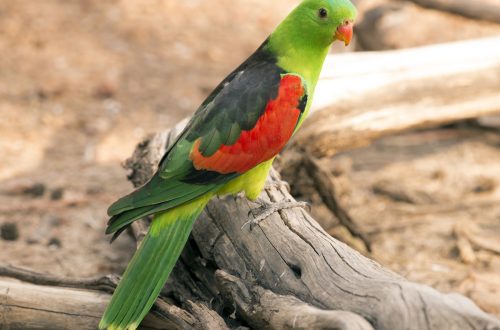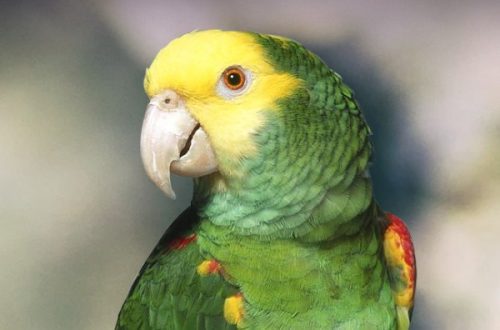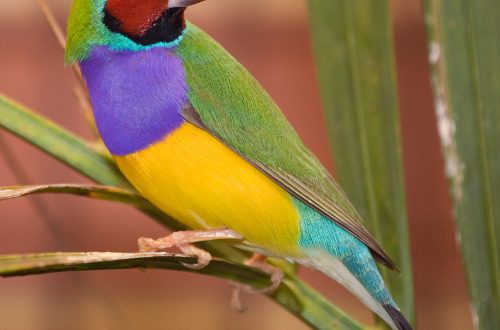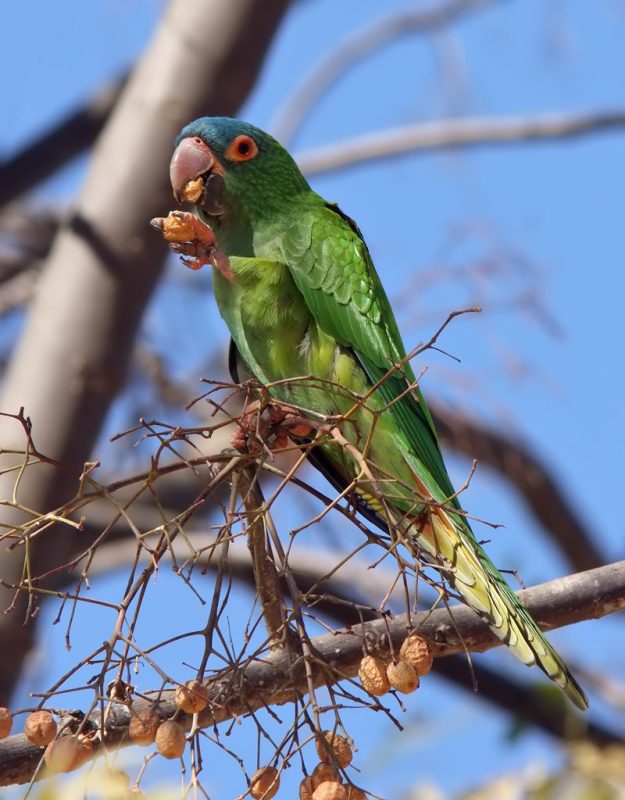
Aratinga nga asul ang atubangan
Kaundan
Blue-fronted Aratinga (Aratinga acuticaudata)
aron | Parrot |
pamilya | Parrot |
Race | Aratingi |
In the photo: blue-fronted aratinga. Photo source: https://yandex.ru/collections
Appearance of the blue-fronted aratinga
The blue-fronted aratinga is a long-tailed medium parrot with a body length of about 37 cm and a weight of up to 165 g. 5 subspecies are known, which differ in color elements and habitat. Both sexes of blue-fronted aratingas are colored the same. The main color of the body is green in different shades. The head is bluish to the back of the head, the inner side of the wing and tail are red. The beak is powerful light, reddish-pink, the tip and mandible are dark. Paws are pinkish, powerful. There is a naked periorbital ring of a light color. The eyes are orange. The life expectancy of the blue-fronted aratinga with proper care is about 30 – 40 years.
Habitat and life in nature blue-fronted aratingi
The species lives in Paraguay, Uruguay, Venezuela, in the east of Colombia and Bolivia, in the north of Argentina. Blue-fronted aratingas live in dry deciduous forests. They can be found in semi-desert areas. Usually kept at an altitude of about 2600 meters above sea level.
Blue-fronted aratingas feed on various seeds, berries, fruits, cactus fruits, mangoes, and visit agricultural crops. The diet also contains insect larvae.
They feed in trees and on the ground, usually found in small groups or in pairs. Often combined with other aratingas in packs.
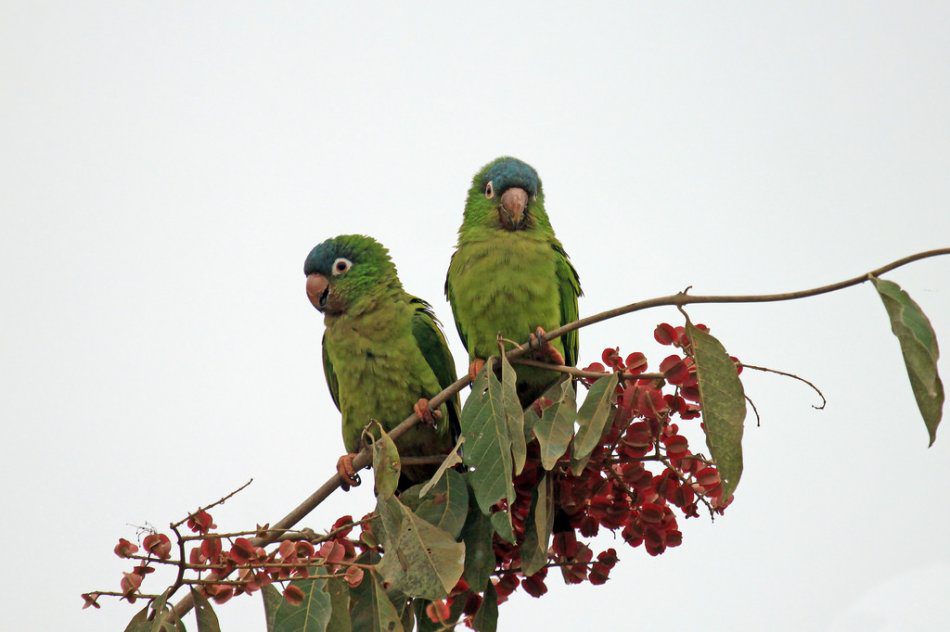



In the photo: blue-fronted aratingas. Photo source: https://www.flickr.com
Reproduction of the blue-fronted aratinga
The nesting season of the blue-fronted aratinga in Argentina and Paraguay falls in December, in Venezuela in May – June. They nest in deep hollows. The clutch usually contains 3 eggs. Incubation lasts 23-24 days. Blue-fronted aratinga chicks leave the nest at the age of 7 – 8 weeks. Usually, the chicks stay with their parents for some time until they are completely independent, and then form flocks of young individuals.





